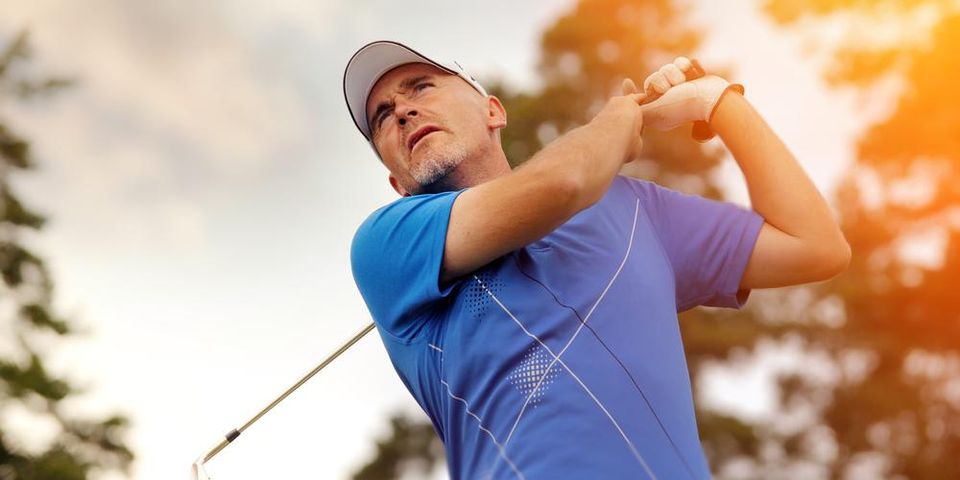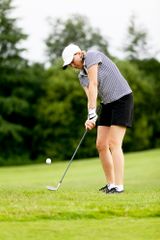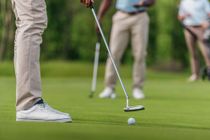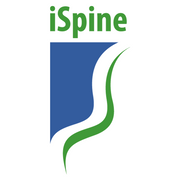
Not only is August prime golfing season in the Twin Cities, but it’s also National Golf Month! To join the celebration, iSpine Pain Physicians is using the next four weeks to teach their patients about this widely popular sport, starting with its connection to back, shoulder and even hip pain.
The 5 Most Common Golf Injuries
1. Facet Joint Disorders
 Facet joints are small spinal structures that both allow for and limit rotation, flexion and movement. You use them every time you pick up your bag or swing your club. But, with extended use, these joints can become inflamed or otherwise injured, causing back pain.
Facet joints are small spinal structures that both allow for and limit rotation, flexion and movement. You use them every time you pick up your bag or swing your club. But, with extended use, these joints can become inflamed or otherwise injured, causing back pain.
2. Carpal Tunnel Syndrome
Carpal tunnel doesn’t just affect office workers. Golfers are also susceptible this painful, often debilitating disorder that causes tingling and numbness in one’s hands.
3. Tendonitis
Tendonitis refers to the irritation or inflammation of tendon tissues. It is typically caused by repetitive movements such as hitting golf balls or stooping to grab your tee. While you can get tendonitis in many parts of your body, golfers most often injure the inner elbow, thus earning the name “golfer’s elbow.”
4. Rotator Cuff Injury
In addition to elbow, hand and back pain, golfers may experience discomfort in their shoulders at various stages of the golf swing. In most cases, iSpine’s back and hip pain specialists warn, this sensation is the result of a damaged rotator cuff injury. Such injuries are sustained through traumatic force, such as a poorly executed swing or a deep divot.
 5. Hip Injuries
5. Hip Injuries
Lastly, many golfers experience hip pain because of repeated adduction, flexion and extension. In more severe cases, hip injuries can also radiate upwards and cause back pain.
Although these injuries affect different areas of the body, you can protect yourself against all five with just two simple tricks. First, iSpine’s back pain specialists explain, golfers should always practice proper form. Having a solid swing motion will protect your spine, shoulders, and hips from overexertion and prevent serious injury. If you’re not sure what proper form looks like, consider asking an instructor or experienced friend for guidance. After a few holes, don’t forget to also stretch for added flexibility and strength.
Second, invest in ergonomic equipment. From fitted clubs with cushioned grips to supportive shoes and ergonomic bags, high-quality gear cushions your joints and makes for a more comfortable outing overall.
Happy National Golf Month from iSpine Pain Physicians! For even more tips on how to prevent shoulder, back and hip pain while on the green this August, visit their website. To schedule an appointment with one of their board-certified back pain specialists, call them at (763) 201-8191.
About the Business
Have a question? Ask the experts!
Send your question

